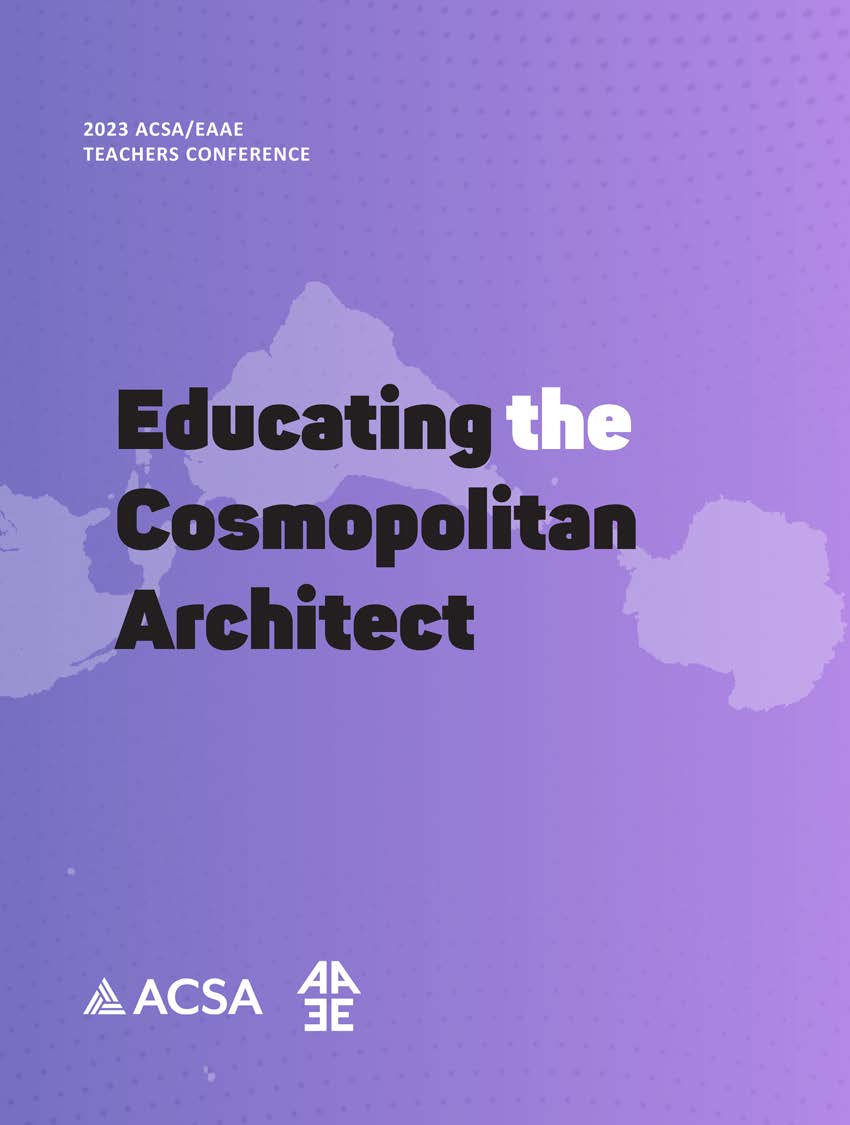Author(s): Lola Merino Sanjuán & Marina Puyuelo Cazorla
The quality of public space is the result of everything that takes place in it, and therefore, it has to be part of a dynamic process in order to respond to the needs of people and to the constantly changing situations. From this idea the study and analysis of public space has to be done through active synergies, which favour its understanding by the public and their active and positive participation, enhancing the relationships between function/form/structure (Habraken, 2000). In addition, competency-based education requires methodologies that place greater emphasis on learning and the link between practical skills, knowledge, motivation, emotions and attitudes (Haak 2017), which requires a disruptive approach (Dygert 2017). The SmarTuria Hub Project is being an academic experience, which started five years ago taking as scenario the public park Túria gardens in the city of Valencia (Spain), with the aim of experiencing with the students the methods and strategies of the European urban labs (ENoLL, 2013) and the open design, where the approach of integrating the users, is the key for reaching more innovative, inclusive, sustainable and adapted design solutions. The goals of the urban living labs are “innovation, knowledge development for replication and increasing urbans sustainability emphasizing the need for supported, local solutions” (Steen and Bueren, 2017 p.11). To reach these goals in a real-life use context, co-creation techniques with the actors (users, private and public actors, institutes…) are the basis to understand their needs and expectations, including them in the innovation process, iterating with the feedback gathered from use and evaluation, and empowering people for decision taking. From this approach, students internalise that creating tools for expression and participation of the users is essential and it is one of the means to achieve a more active role in the design process (Kristensson 2004).
https://doi.org/10.35483/ACSA.Teach.2023.16
Volume Editors
Massimo Santanicchia
ISBN
978-1-944214-44-9

 Study Architecture
Study Architecture  ProPEL
ProPEL 
